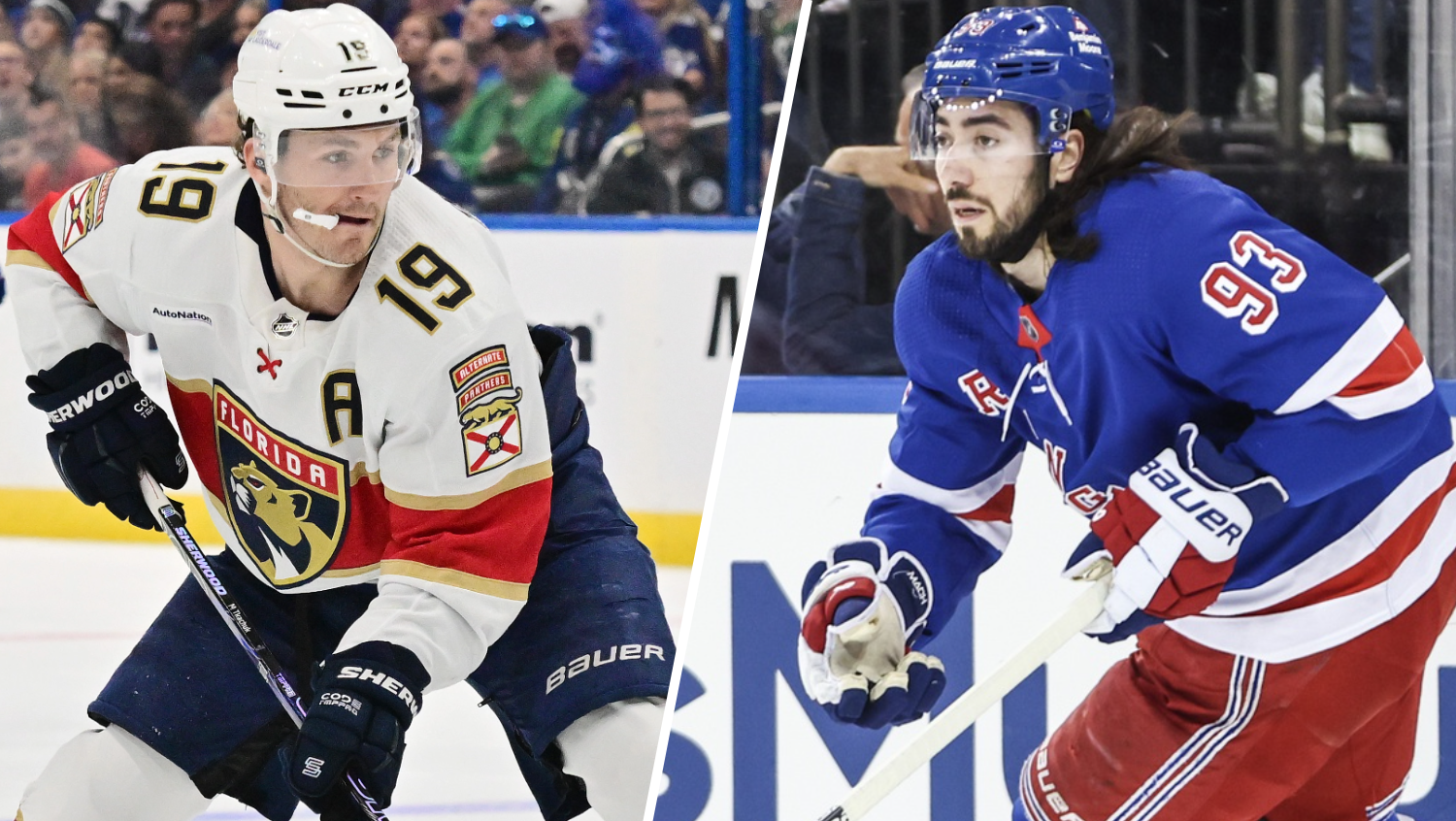
If the Blackhawks are going to get back into the playoff picture, they need to fix their penalty kill.
They rank dead last in the NHL on the PK, and it cost them in the Winter Classic, where they allowed the Boston Bruins to score on two of their five power play opportunities.
In the three recent Stanley Cup seasons, the Blackhawks always had a penalty kill that was ranked in the top 10 in the league — fourth in 2010, third in 2013 and 10th in 2015 — and could be counted on to keep them in games.
Besides personnel, what is the biggest difference between this year’s PK and the successful units of years past?
The Blackhawks' PK used to stay more in a box, willing to block shots and take away passing lanes, while keeping play to the perimeter and waiting for their opportunity for a 200-foot clear.
The current penalty kill has a much more aggressive approach. They aren’t afraid to attack the puck along the wall, sometimes in numbers, hoping to cause a turnover and lead to a clearing attempt.
Jamal Mayers and Adam Burish both agreed on Blackhawks Postgame Live on New Year's Day that the Blackhawks penalty kill is too aggressive and has been for the last couple seasons.
NHL
“Players are too good now to run around and pressure them all over," Burish said. "Ask (Patrick) Kane, he wants you to run at him. He waits for you to get out of position. When he sees you scrambling around, he knows someone will get open and he’ll find that open guy.”
“Once a team sees your penalty kill for the third time, they are ready for pressure and they invite it," Mayers said. "That’s when they know someone is open on the weak side who will likely have a clear shot at the net.”
Besides aggressive play, not protecting high-danger scoring areas will also add to your penalty kill problems.
Take the Bruins' first power play goal at the Winter Classic.
Connor Murphy pressures the puck carrier along the far wall, while Carl Dahlstrom tries to track down the errant cross-ice pass on the near wall. Marcus Kruger is also along the near wall, leaving a ton of open ice in front of Cam Ward. Ward makes the initial save on Patrice Bergeron’s shot, but there is nobody there to clear the puck. Dahlstrom tries to recover and gets only a one-handed clearing attempt. Kruger can’t find the puck to send it down the ice and the next thing you know, David Pastrnak is all by himself in front of Ward for an easy power play tally.
Aggressive PKs can produce a breakaway like David Kampf experienced against the Bruins, but it can also set off a chain reaction where you are chasing pucks along the wall and leaving prime scoring real estate wide open.
The Blackhawks' biggest problem at the Winter Classic was the three consecutive minor penalties they took to start the third period. While they killed them all off, including a 72-second 5-on-3 power play, you expend so much energy and basically hand all momentum over to the opposition.
With 40 games to go in the regular season, the Hawks need to continue to improve on both special teams units.
The Blackhawks' power play has looked much better the last three weeks and has moved up to 26th in the league.
While the PK has shown signs of improvement, a little less risk/reward approach on the penalty kill might result in the reward of being in the wild-card discussion later this season.
Click here to download the new MyTeams App by NBC Sports! Receive comprehensive coverage of your teams and stream the Blackhawks easily on your device.


